Pros and Cons of Traditional vs. Independent vs. Self-Publishing (Part 9): Interview with Curiosity Quills Press
Posted: December 12, 2016 Filed under: Books, Fiction, Publishing, Self-Publishing, Writing | Tags: Curiosity Quills Press, Hybrid Publishing, independent publishing, Publishing, Writing 5 Comments
This series has looked at three models of publishing from every angle. We’ve heard from independent authors Jeff Bowels, Tim Baker and Art Rosch, and traditionally published authors Stacia Deutsch and Mark Shaw, independently published author Jordan Elizabeth, and an author who has published under all three models, Nancy Oswald. We’ve also heard from Caleb Seeling, the owner of the independent publishing house, Conundrum Press.
This week, we hear from a small independent hybrid publisher that specializes in genre fiction of the highest quality. I have been privileged to review two Curiosity Quills anthologies, Chronology and Under a Brass Moon. I have also reviewed several books by Curiosity Quills author Jordan Elizabeth, who we heard from in Part 7, and Keepers of the Forest by James McNally.
Founded in 2011 by Eugene Teplitsky and Alisa Gus, Curiosity Quills was created as a resource portal to help writers, such as themselves survive the publishing industry, and quickly morphed into a publishing press which today, has solidified it’s share in the market. They work with major retailers such as Amazon, Barnes & Noble and Audible, and publish six new titles every month. Curiosity Quills Press offers the some of the advantages of a traditional publisher and offers their authors a chance to participate in the publishing process.
Kaye: How did Curiosity Quills Press come about?
CQ: Back in early 2011, Alisa and Eugene were an aspiring author couple working on a little MG project called Gatecrashers. In an effort to build up our socials and gain a following prior to release, they created a blog called Curiosity Quills (which was nearly called Curiosity Kills… dodged a bullet there!). Throughout that year, many guest authors and industry pros were hosted on the CQ blog to share their stories, wisdom, and experiences with the world. Before they knew it, a sizeable community formed around the CQ blog – and A&E had the brilliant idea of being more hands on about helping the authors hanging out on the site. It wasn’t long before Michael Shean and Rod Kierkegaard, Jr. became the first published authors of Curiosity Quills Press. Unfortunately, this was also the death knell for Gatecrashers or any other further writing project for Alisa and Eugene – turns out running a traditional publishing house is a HUGE time-suck!
Kaye: What are the publishing goals of Curiosity Quills?
CQ: We have a number of goals at CQ, and these can be broken down into the following points:
- To bring the highest quality genre fiction to the masses, at affordable prices.
- To spotlight genre fiction that some traditional publishers might find too unconventional; instead of following genre trends and the mainstream in what is popular, we try to stay ahead of that, anticipating gaps in the market.
- To diversify genre fiction, by publishing stories featuring characters of all race, sexuality, gender identity, social standing etc. While we want to stay ahead of the mainstream, we also want to be inclusive and representative of the ever growing, expanding world we live in.
Kaye: What do you see as the advantages of independent publishing over traditional or self-publishing for today’s authors?
CQ: Independent publishing offers the best aspects of both traditional and self-publishing. On the one hand, we’re able to offer the highest standards of cover designers, editors, proofreaders etc. on par with any traditional press.
We also offer authors access to a wide rage of services, such as NetGalley and features on sale subscription sites like Book Bub. And, as with traditional publishers, we are always focusing our efforts to get our titles into chain bookstores, like Barnes & Noble, as well as selling the rights for our titles to audiobook publishers, and film companies.
But, unlike traditional publishers, we offer a closer, more family-like community for our authors, and try to involve them in the publishing process as much as possible, getting their input on cover design, marketing campaigns etc.
Because of our close-knit community, there are always over authors – at various stages in their careers – on hand to answer questions, help promote each other’s works, and collaborate with.
Kaye: How has the increasing trends in self-publishing affected the role of independent presses?
CQ: Authors want to be much more involved in the process, and on the whole, we’re more than happy to accommodate this. We view publishing as a partnership, where both the publisher and the author bring different things to the table.
As mentioned above, the close-knit community leads to a family of authors all striving together to make CQ the best it can be, which is something you don’t always find with self-published authors. While there is still a level of camaraderie there, all self-published authors are competing against each other, in ways authors of independent presses aren’t.
Kaye: What do you see as the future role of independent publishing houses within the changing publishing industry?
CQ: Independent publishing houses will continue to bring readers what they want, know and love, while also broadening their horizons and opening them up to a wealth of new stories that might get overlooked by the mainstream.
At the same time, independent publishing houses will strive to bring authors an experience they won’t get anywhere else in the publishing industry, with all the benefits of traditional and self-publishing, but less of the drawbacks.
I want to thank Clare Dugmore and Curiosity Quills for sharing with us here on Writing to be Read. I know they are busy people and I appreciate them taking the time to answer my interview questions. Next week I will follow up with conclusions on the series in Part 10 of Pros and Cons of Traditional vs. Independent vs. Self-Publishing.
Like this post? Subscribe to email and get notification to your inbox each time a new post is published.


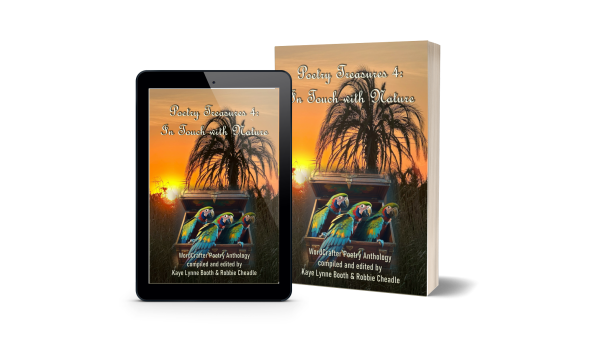
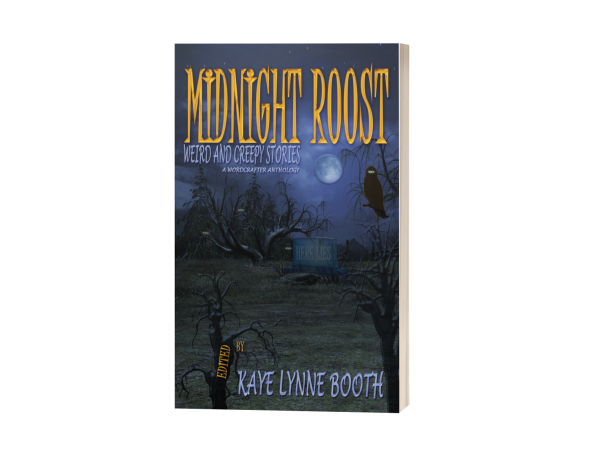



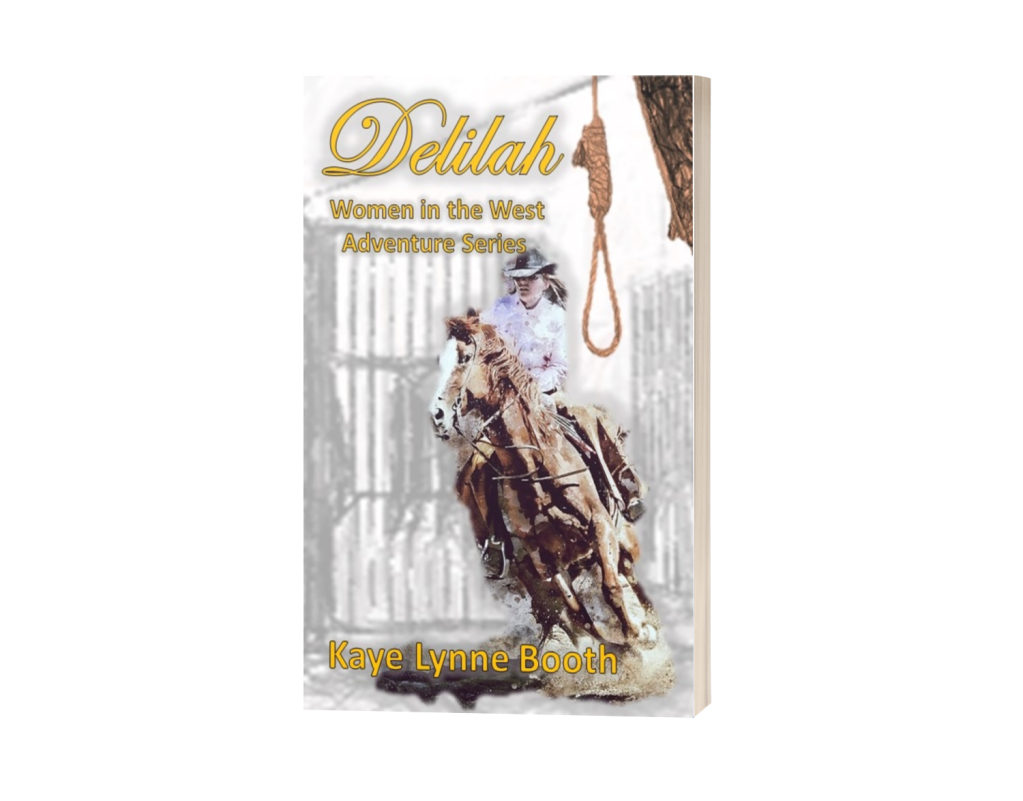
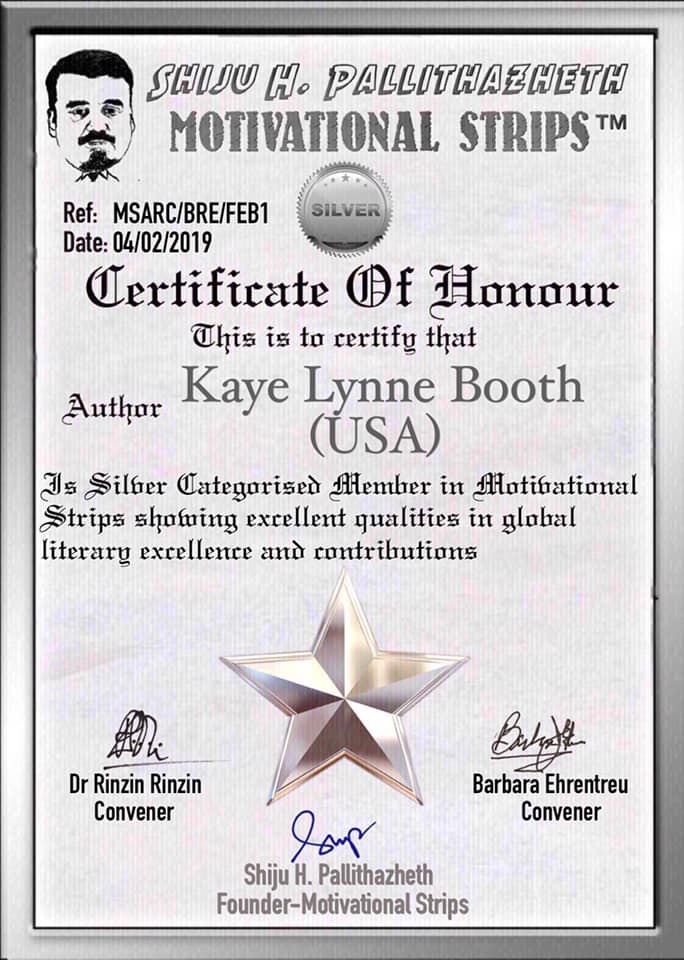
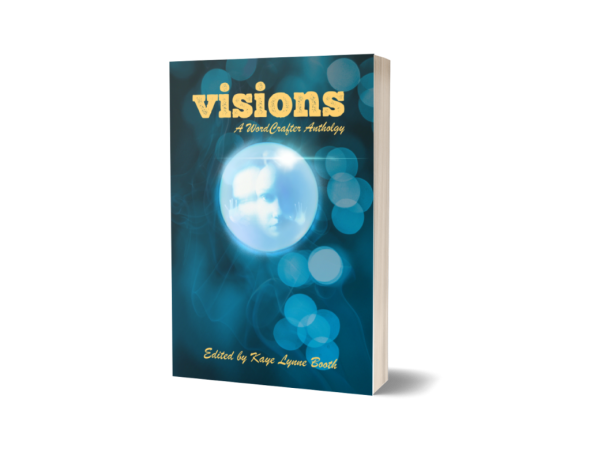


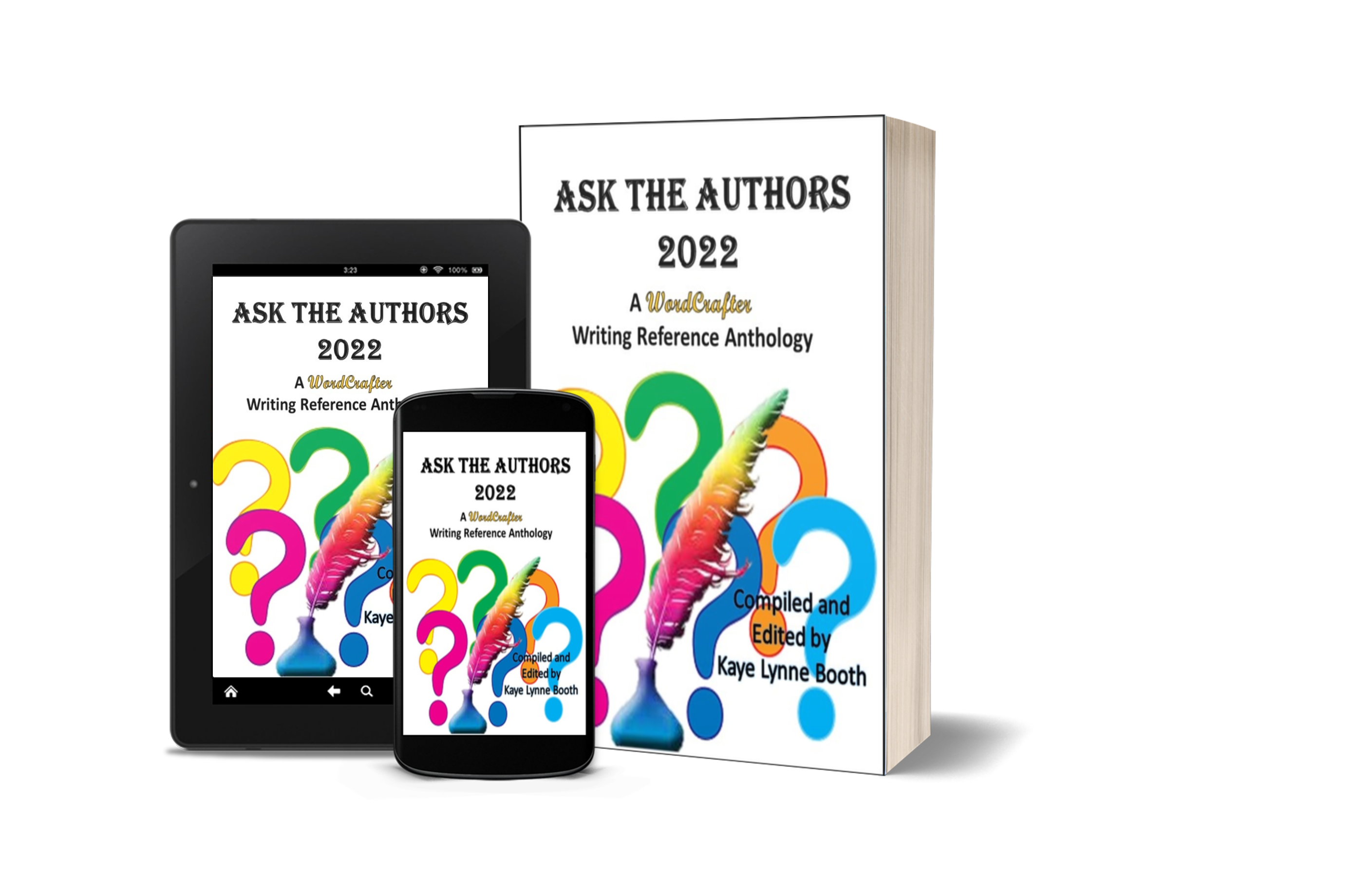
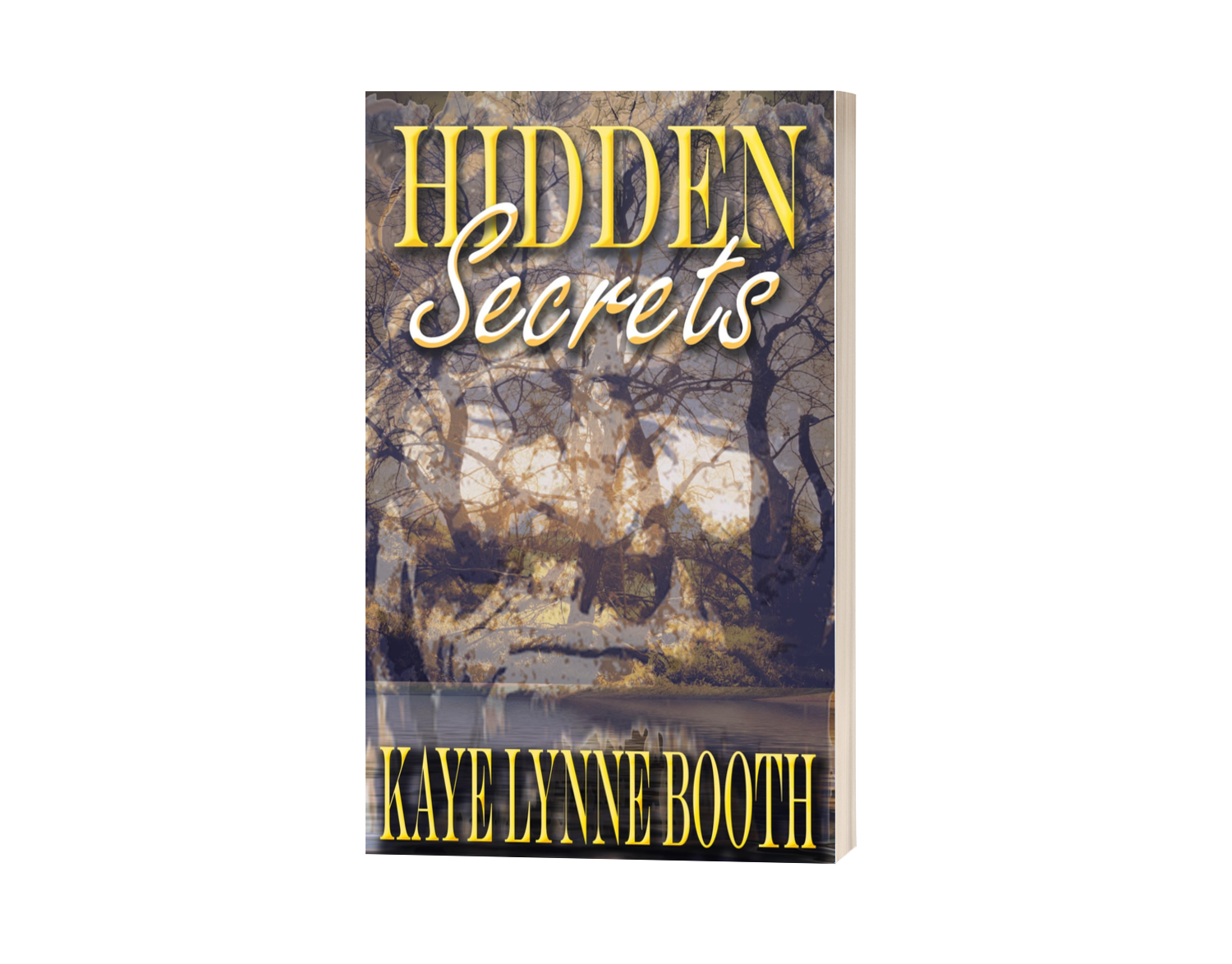
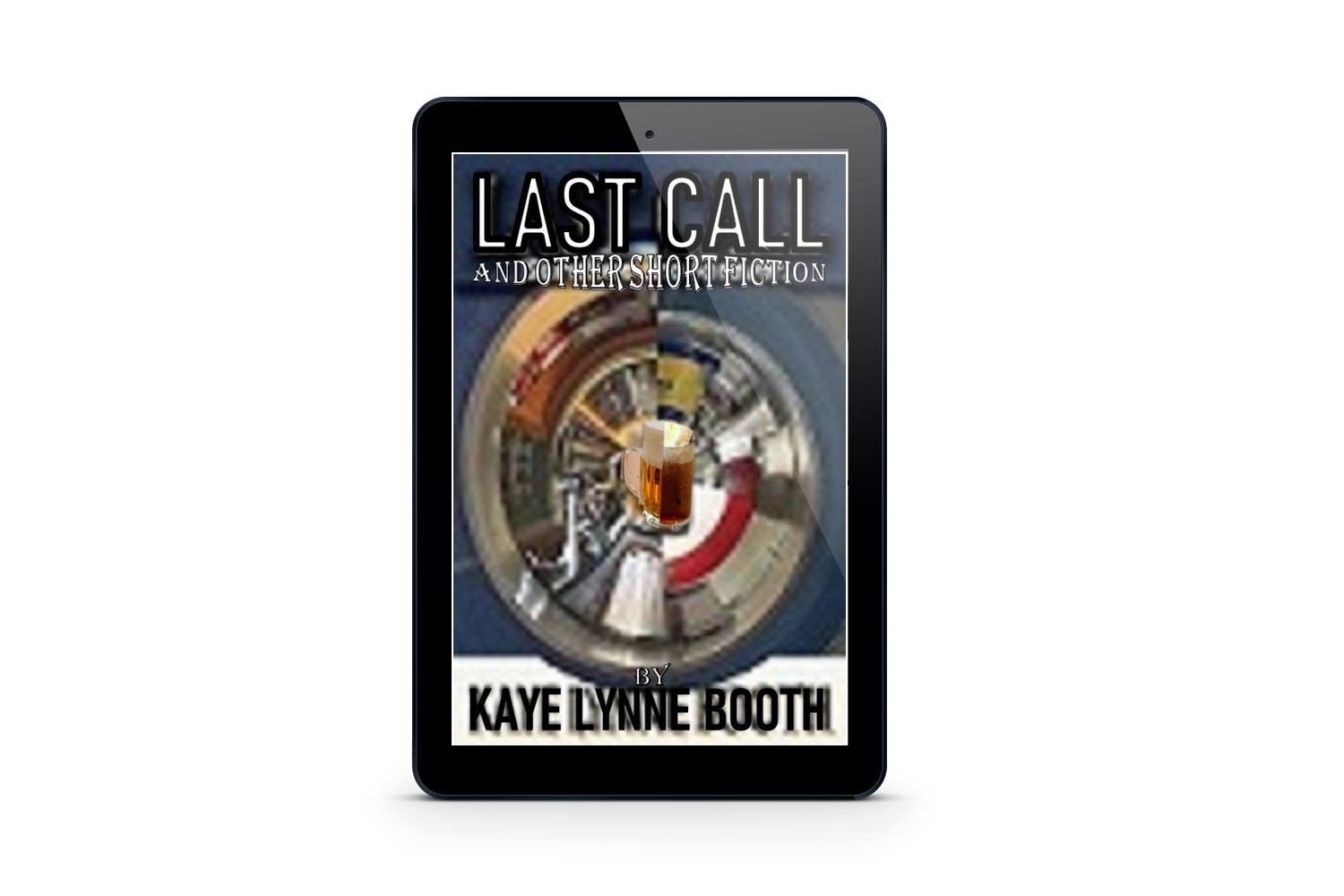
A reader posted a comment on Facebook, asking how many new authors Curiosity Quills signs on each year. I didn’t have the answer, but I thought it was a darn good question. I wished that I had asked it myself, so I did.
In response, Clare Dugmore replied: “Next year we’re releasing about 52 books – on average one a week. Although they’re a mixture of newly signed authors, new works from previously signed authors, and sequels from previously signed authors. In terms of how many new authors, I would say about twenty are signed each year.
Thank you Clare, and Thanks to Curiosity Quills Press.
LikeLike
Thanks for answering the question. What is your most important criteria for taking on new authors?
LikeLike
Thank you for asking, Julie. Again I will have to pass the question on to Clare. I’ll get back to you on that.
LikeLike
[…] then there are the new kids on the block, like Curiosity Quills Press, which are hybrid publishers, offering various combinations of traditional percs with […]
LikeLike
[…] children’s author Nancy Oswald, who has published with all three models, Clare Dugmore of Curiosity Quills Press and Caleb Seeling, owner and publisher at Conundrum […]
LikeLike